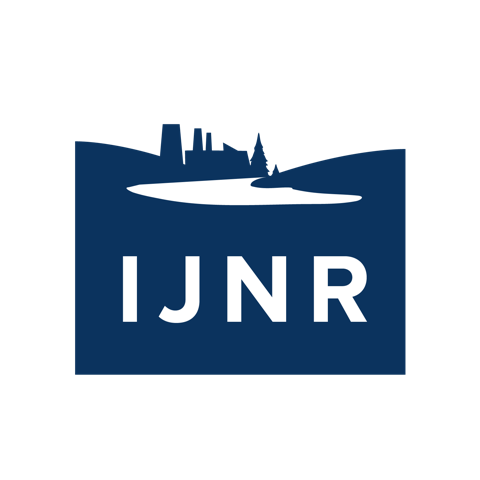July 27: Archaeology, Mining & Superfunds
Chasing Water: Archaeology, Drought, and the Northern Chaco Outliers
Water played a pivotal role in both the physical and spiritual realms of ancestral Pueblo people. In a world where the presence or absence of rain could mean the difference between life and death, it makes sense that water would rank so highly in the cosmology. What can archaeology and geoarchaeology tell us about the ways that people moved and adapted on the landscape in response to drought? We met with archaeologists at Crow Canyon to learn about some of the artifacts they’ve unearthed over the years, and then venture out to the Haynie Site, an active archaeological dig of a thousand-year-old Pueblo village.
Gold in Them There Hills: Mining, Water, and Collaboration
In Silverton in 2015, EPA workers and contractors accidentally breached the wall of a retaining pond, sending 3 million gallons of wastewater and tailings (containing heavy metals and other toxic elements) cascading downstream to the Animas River. A year later, Gold King, along with 47 of its neighboring mine sites, were declared the Bonita Peak Superfund Site. But the story, as it often is with environment stories, isn’t so simple. What are the lasting impacts of the spill - ecologically, sociologically, economically and politically? What choices did the media make in covering it? And how had the various stakeholders within the Animas watershed already been working together to protect water - and what will that collaborative effort look like in the future?


